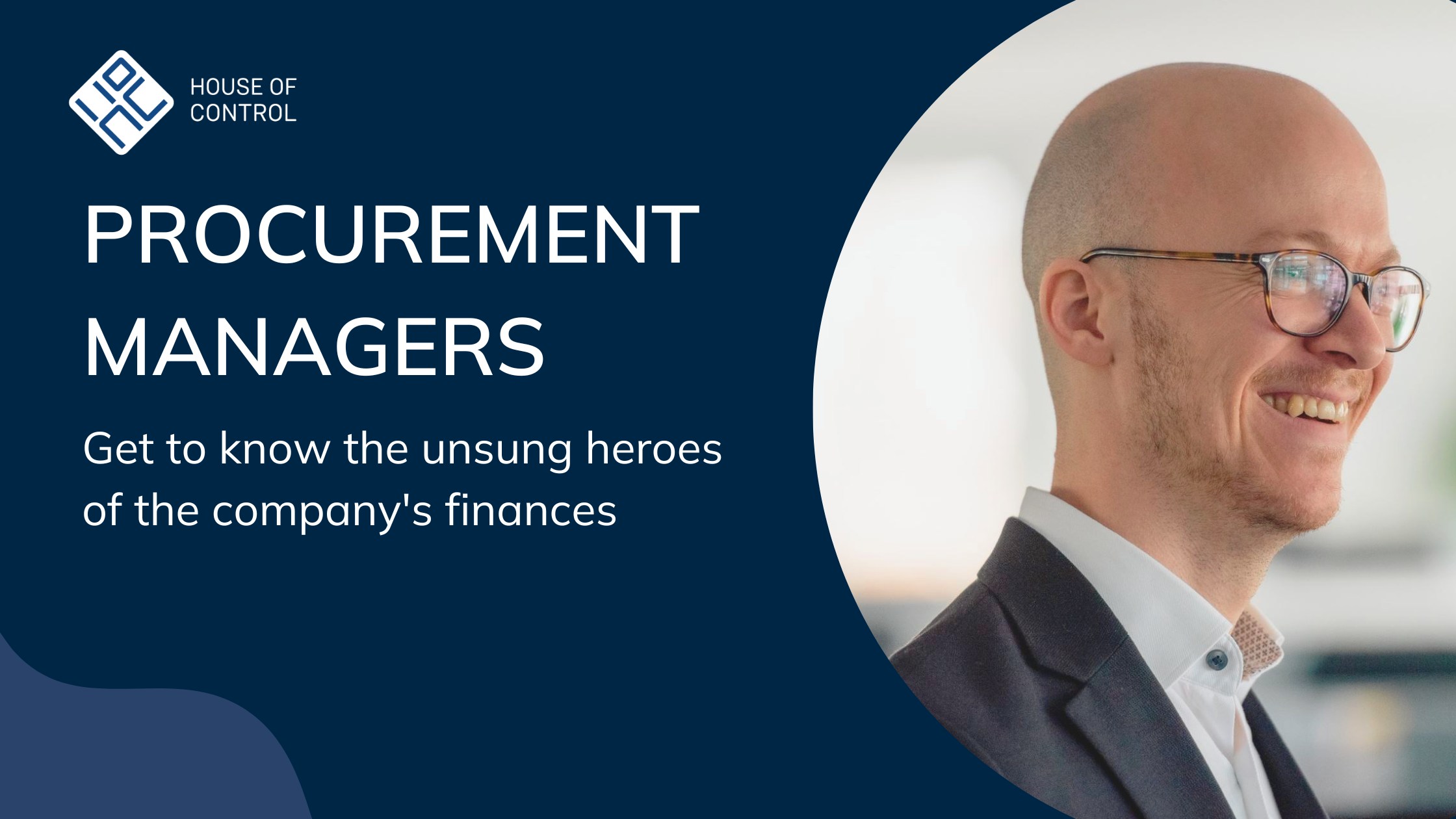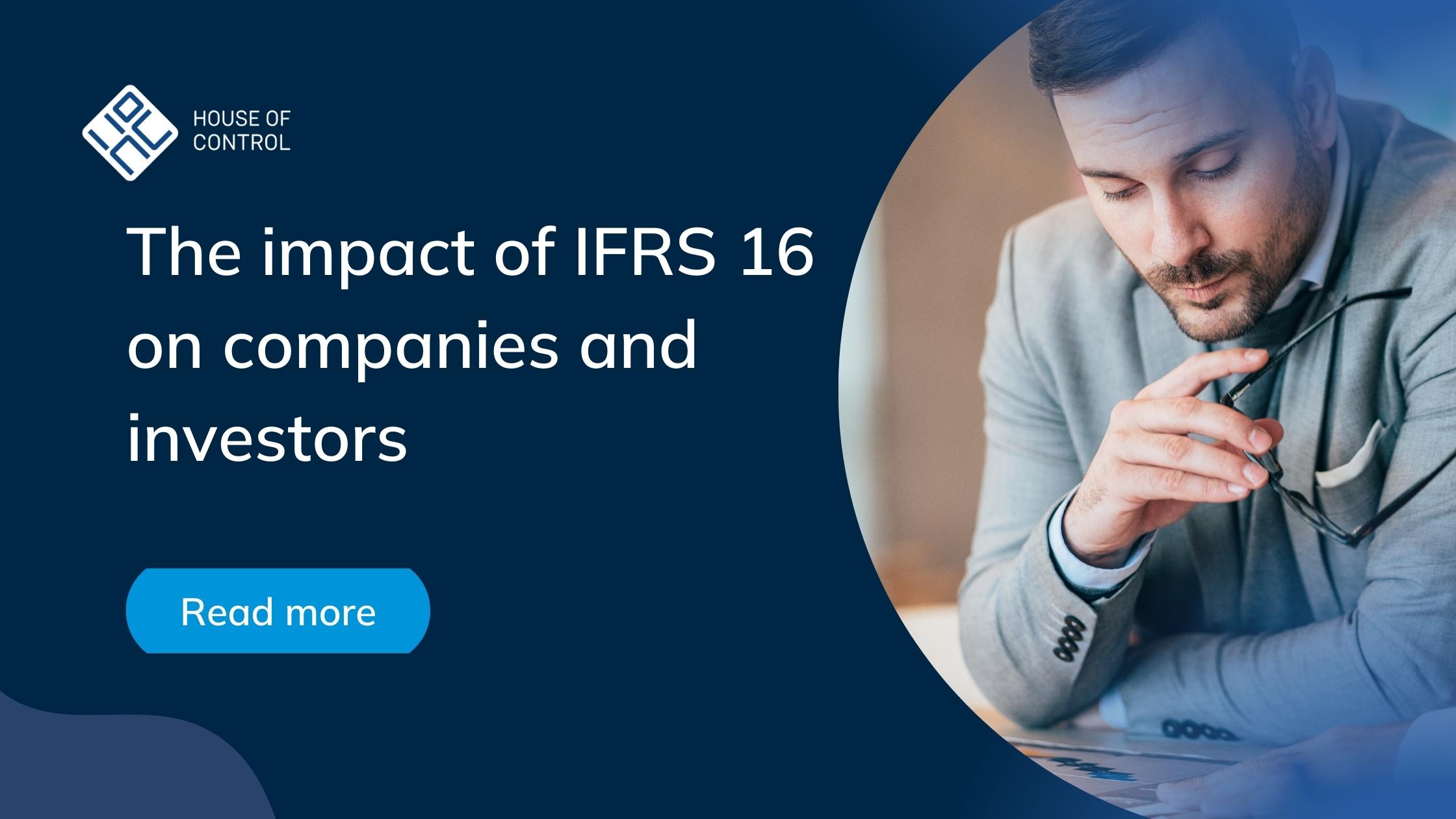Procurement managers: The unsung heroes of the company's finances
We have mapped how the best procurement managers in the Nordics and Europe create value for their companies.

There are many answers to why companies have a procurement manager or director – with smaller or larger teams at their disposal. If you look at what a procurement manager is responsible for, many of the answers come naturally.
Before we start, a note on terminology: Professionals in some industries use the terms procurement and purchasing interchangeably. At the same time, others do not necessarily differentiate between the role of procurement manager, procurement director and Chief Procurement Officer, especially in small and medium sized companies. In this article, we will use the term procurement manager.
The many advantages of having a procurement manager
The procurement manager has the overall responsibility for working with suppliers and the company's operating costs, including securing the right price and making sure the company stays within budget. The ultimate goal of the work is to improve profitability and liquidity.
Incidentally, this is about far more than just cutting costs. The procurement manager's action can, for example, contribute to less capital use, selecting suppliers with less reputational risk, or to selecting input factors that contribute to increased sales.
The procurement manager and the team are in the first line to reduce the risk of disruption. Decisions about what to buy externally (and where, when and how) can have decisive importance. Decisions may also have an impact on the company's competitive advantage.
And in critical situations, for example caused by a recession, a procurement manager with good reaction skills can make the difference between making or breaking the company.
Here is a small selection of other benefits that companies with a procurement manager achieve
Dedicated role
Should the procurement manager's role be distributed as tasks to other managers for each individual purchase? When the company reaches a certain size, the consequences of not having a dedicated person for purchasing will occur more and more often. With a procurement manager in place, responsibility is clearly defined, with a sharper daily as well as strategic focus on the tasks.
Natural born purchaser
A procurement manager has preferably completed the degrees in your or other companies. Along the way, the person has picked up a lot of detailed and specialized knowledge about purchasing and dealing with suppliers.
Sharpens the suppliers
It is more than internal processes that are improved when responsibility for procurement is defined and placed. A procurement manager can map out how the suppliers can work better for the company - and afterwards get them to change their practices, and quickly.
Procurement processes on budget
When several alternative suppliers have been mapped, and the procurement manager has used best practice negotiation techniques, there is a high probability that the company will achieve the right price. Budgeted procurement in turn has positive effects for the company's ability to keep costs within budget.
New competence in management
Procurement managers acquire different educations, experiences and skills. This can provide new perspectives on how the company solves challenges, not least in (but not limited to) the supply chain.
Better risk management
We mentioned statutory control of the supply chain, where there can be significant reputational risk if you do not handle the value chain in a professional manner.
More sustainability
ESG (Environmental, Social, Governance) matters have become an important part of the company's responsibility. When it comes to the cost side and suppliers, more responsible procurement is often the answer to "better ESG".
What does a procurement manager do?
As head of the procurement function, it is the procurement manager who defines the strategy and culture of the procurement organization.
They research and compare suppliers, negotiate prices and contracts, and ensure that the company gets the best possible deal on its purchases. They must also ensure that the company complies with laws and regulations regarding procurement.
Procurement managers often work closely with other departments in the company, such as sales and production, to ensure that the company has the goods and services it needs to run its business. Most often, they report directly to the CEO.
As mentioned above, it is a common denominator that the procurement manager handles supplier relationships and focuses on the company's operating costs. This ensures that the company purchases at the right price and that the company sticks to the budget. The answer to how the procurement manager works varies from company to company.
A common problem is that the purchasing function gets bogged down in processes and loses sight of the big picture. An infinite amount of time can be spent on the small print in each individual purchase agreement. It can take weeks and months to maintain relationships with suppliers.
Nordic procurement managers often face the same challenges
-
When the procurement function is less mature and the most important thing is to cut costs
Here, the job is about quickly cutting costs and making other short-term moves. At the same time, the procurement manager establishes the basis for lasting contributions, including building expertise.
-
When the procurement function is more mature, but the most important thing is still to cut costs
Here, the procurement manager looks for several ways to create value for the company, including defining what expertise is needed to make it happen. The procurement manager usually also takes organizational steps to improve responsiveness, and she or he utilizes digital tools in place to support the work.
-
When the procurement function is less mature, but the perspective goes well beyond cost-cutting
Here, the procurement manager identifies how she or he can contribute to, for example, better margins, reduce risk and better access to inputs. During the pandemic, the latter two have become particularly relevant. Many have seen the value of moving from just-in-time to just-in-case, with larger stock from shorter-distance suppliers.
Often this requires colleagues in other departments to think and act in new ways; culture and competence must be built for a broader as well as more nuanced approach to purchasing.
-
When the procurement function is more mature and the perspective goes well beyond cost-cutting
Here we see that the contributions in the above-mentioned point (3) expand to include, for example, innovation and sustainability. Competence is also developed and measures are taken for growth at the top line. And partnerships are entered into internally and with suppliers to create innovation.
Those we have spoken to emphasize that the McKinsey model is precisely a model, but that reality can rarely be described as either situation 1, 2, 3 or 4. They often have characteristics from all of them. At the same time, the company is often moving towards the fourth level, with the procurement manager as the most important driver.
Divides the early approach into four blocks
In the first period in a new role as procurement manager, many say that they choose to divide the approach into different categories:
Understand the business: You must understand the industry and map the conditions described in the four points above. The purchasing department must work in step with the company's overall strategy.
Engage stakeholders: You must create an understanding among management colleagues and suppliers about what you and they are thinking and where you are going together.
Create personal growth: The procurement manager acquires the necessary skills and wider competence to succeed in the short and long term, through courses and networking, for example.
Show deliverables: Everyone likes tangible values. Say what (and why) the purchasing function should achieve, and if so how the work creates concrete results.
Works smart
The most successful procurement managers understand that the long-term development of their organization depends on their own ability to bring new insights, ideas and energy to the role.
It has been said that results come from either perspiration or inspiration. Put another way, it's about how hard you work and how right you work respectively. If you do not work correctly, there may be small gains even from hard work and long processes.
The way out of endless processes is through correct strategic choices. It is about how they should organize their own time and the time of their colleagues. Together with the culture and competence of the procurement manager, this is what matters most for the value the purchasing role creates for the company. However, it is also about the choice of digital tools, so that the purchasing department can be computer-driven where it was previously based on almost exclusively manual processes.
The need to work smarter also arises because the procurement manager is given more responsibility. One example is that the business world takes greater responsibility for following up on working conditions, anti-corruption, climate conditions and more in the supply chain.
Sometimes new laws require a new approach, for example the Transparency Act in Norway (2022). Other times it is customers and investors who expect it. In most cases, it is the procurement manager who ends up with the responsibility for the company actually carrying out the necessary checks.
When the procurement manager has access to high-quality data and uses the right tools, the foundation is laid to create the expected and desired effects on profitability and liquidity (which was mentioned at the beginning).
First and foremost, tools are needed that provide an overview of the cost picture – from order to payment. The tools must be able to easily provide visual and aggregated overviews of the cost picture now and in the future.
You must also be able to drill down into the data and gain insight into purchases from each individual subcontractor. This is an insight that is of great importance not only for the purchasing team, but also for the CFO and the finance department.


